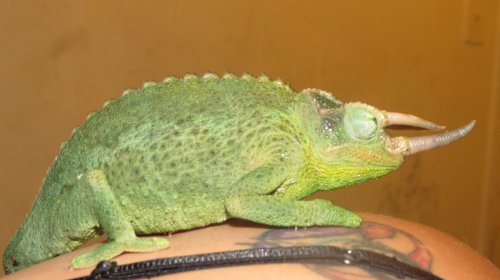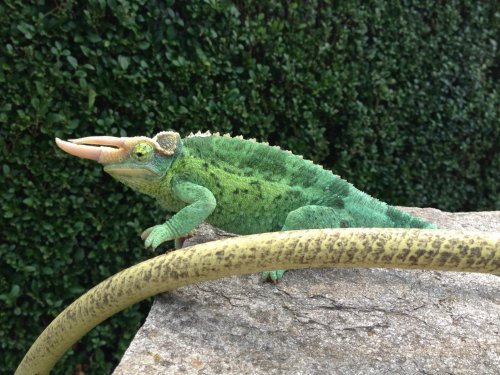Miss Lily
Chameleon Enthusiast
I have long been confused with the differences between the 3 subspecies of Jacksons. I think it would be a great resource for people who are unsure and new owners to have some photos of all of the subspecies - male and female so that we can see how they differ. Just an idea - I would love to see pics myself to satisfy my own curiosity! I know they can be found online, but getting photos all in once place from current owners would be a lot better than surfing the net for hours!









